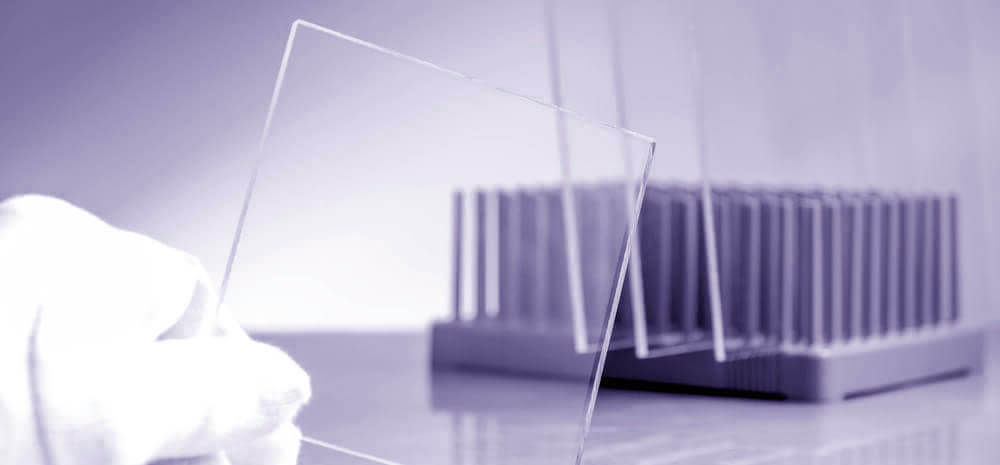Selecting the right materials for an optical project is a critical step that can significantly impact the performance, longevity, and cost of your system. Whether you’re designing a simple lens or a complex optical assembly, getting the material right ensures that your optical components work efficiently under the conditions they’ll face.
In this guide, we’ll walk through the key factors to consider when choosing materials, from understanding your project’s requirements to balancing cost and availability.
Understanding the project requirements
Before you dive into selecting a material, it’s important to have a clear understanding of what your project needs. Start by asking yourself questions like:
- What optical properties does the material need to have? (e.g., high transmission for a specific wavelength, low dispersion)
- Will the components be used in extreme temperatures or exposed to humidity?
- Do you need precision optics with a high level of surface quality?
Understanding these factors will help narrow down your material options early on. For instance, if you’re working on a project that requires high UV transmission, fused silica or fused quartz might be a better choice over standard glass. On the other hand, if durability in harsh environments is key, materials like sapphire could be ideal.
Analysing Material Properties
Different materials have specific optical properties that affect how they interact with light. Here are a few properties you should consider:
- Refractive Index: This determines how much light bends when passing through the material. High refractive index materials like crown glass are great for focusing light, while low-index materials might be used for anti-reflective surfaces.
- Thermal Expansion: Some materials, such as fused silica, have low thermal expansion, meaning they remain stable when exposed to temperature changes. This is essential in applications where thermal stability is critical, like high-precision laser systems.
- Durability: Depending on the environment, you may need a material that’s resistant to scratching or chemical exposure. Borosilicate glass, for example, is excellent for its resistance to heat and chemicals, making it a versatile option for many projects.
Considering Material Availability and Cost
Even if a material ticks all the right boxes for performance, it’s important to consider its availability and cost. Exotic materials like calcium fluoride or sapphire might offer superior optical properties but can come with a much higher price tag or longer lead times. This could affect both your project timeline and budget.
Balancing performance with availability and cost is key. For instance, BK7 glass is a popular choice because it offers a good combination of performance, affordability, and ease of manufacture. For applications where extreme conditions aren’t a factor, it might be a more cost-effective choice than more specialised materials.
Factor in the Manufacturing of the Material
The material you choose should not only meet optical performance requirements but also be practical for manufacturing. Some materials are easier to machine, grind, and polish than others, and this can have a big impact on both cost and lead time.
For example, glass materials like BK7 and borosilicate are relatively easy to work with and widely used in optical systems. On the other hand, sapphire, while extremely durable, is much harder to process, which can drive up production costs and extend delivery times.
It’s essential to choose a material that not only works optically but is also feasible from a manufacturing perspective, especially if your project requires custom shapes or coatings.
Wavelength Considerations
When choosing materials for optical projects, it’s vital to match the material’s properties to the wavelength range of your system. Different materials perform optimally in different wavelength ranges:
- Fused Quartz or Silica: Best for UV applications due to their high transmission in the ultraviolet range.
- BK7 Glass: A popular choice for visible light applications because of its high transparency and lower cost.
- Germanium or Zinc Selenide: Typically used for infrared applications because of their excellent transmission in the IR spectrum.
Durability and Coatings Compatibility
Not all materials are suitable for all coatings, and some environments may demand additional durability.
For instance, if your optical project requires anti-reflective or protective coatings, you’ll need to ensure the material is compatible with the coating type. Materials like sapphire are highly durable and resistant to scratches, making them a good fit for environments where optics will be exposed to wear and tear.
Coating compatibility is a key factor in ensuring your optical components perform as expected over time. Choosing the right combination of material and coating can greatly enhance the longevity of your optical system.
By considering these factors – project requirements, material properties, availability, manufacturing, wavelength compatibility, and durability – you can confidently select the right materials for your next optical project, ensuring high performance and long-lasting results.
Our optical engineers are always on hand to offer their expert advice, so for more information on our optical components, contact us today on +44 (0) 1223 420329 or email us at sales@uqgoptics.com.




